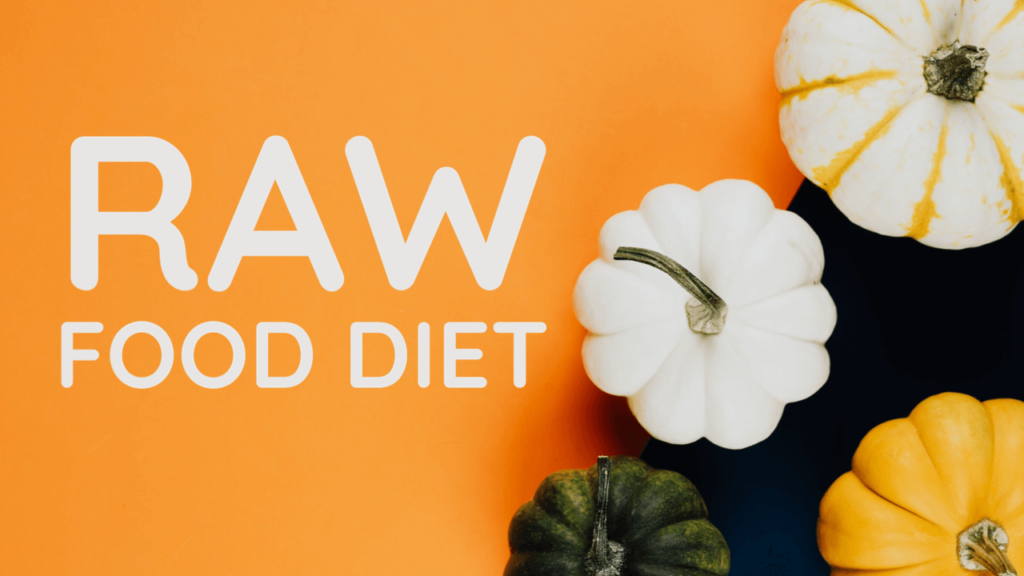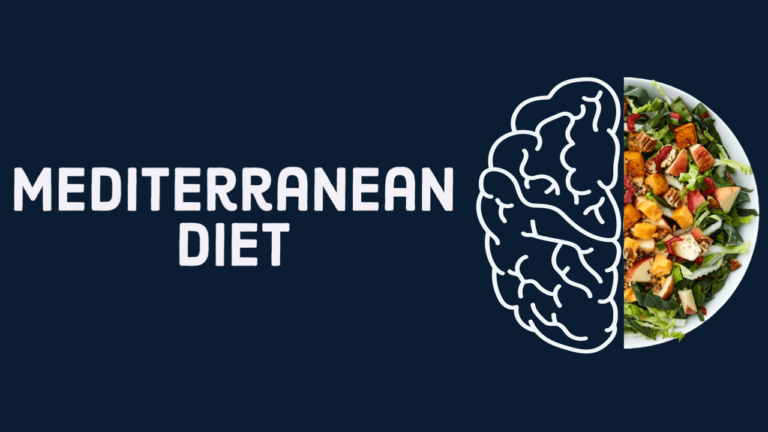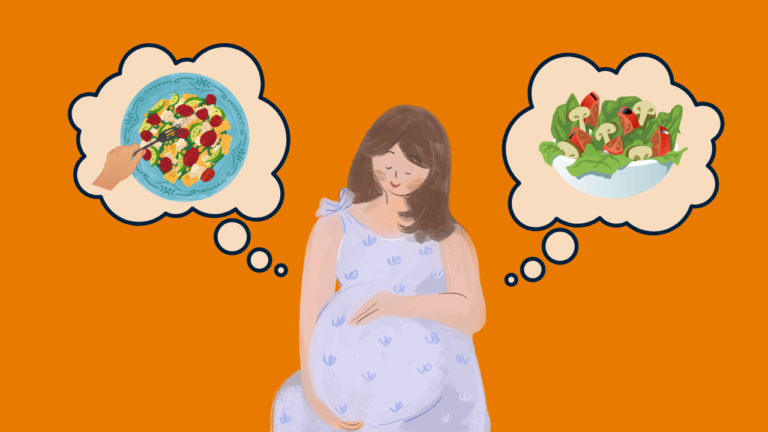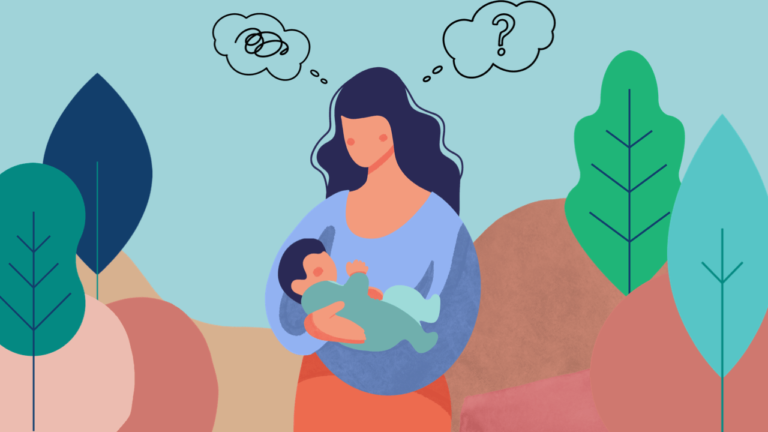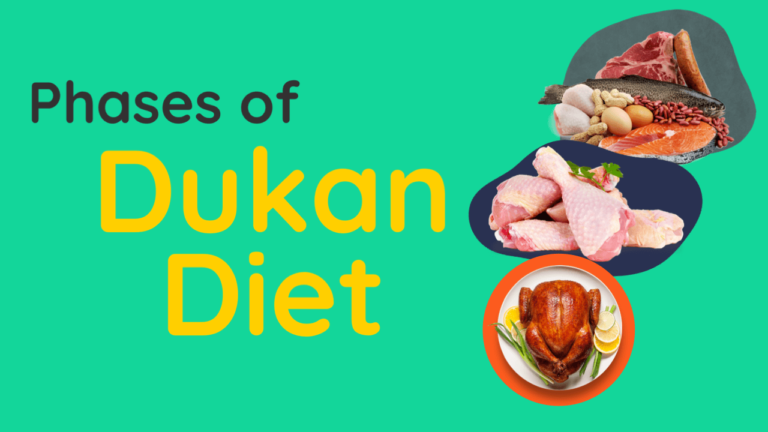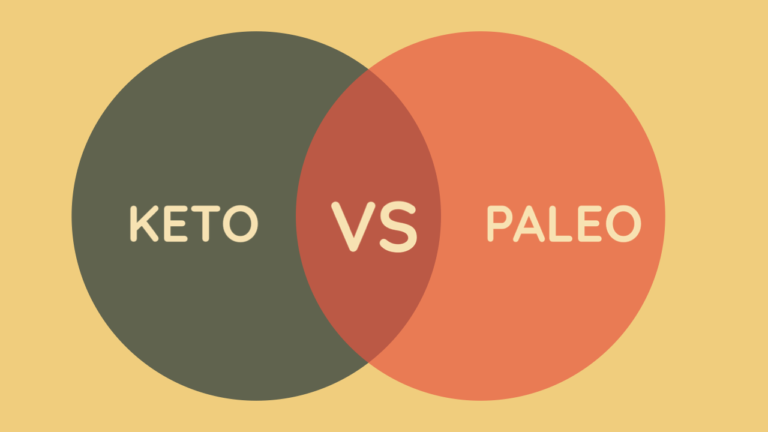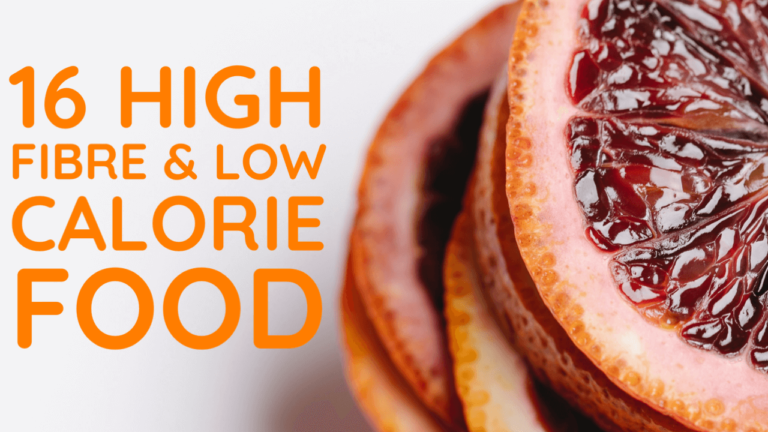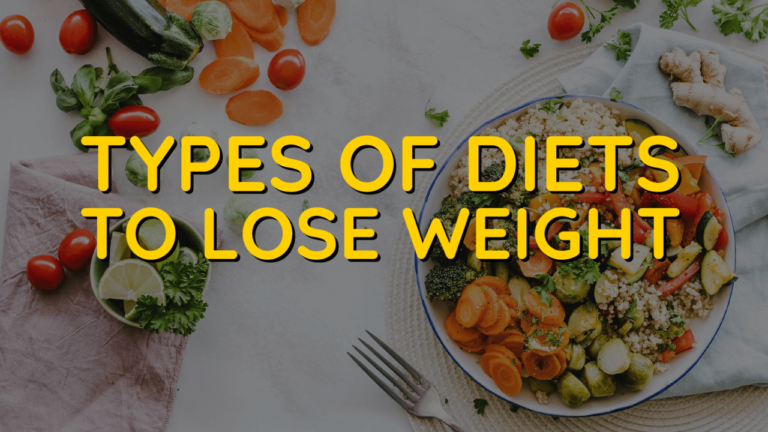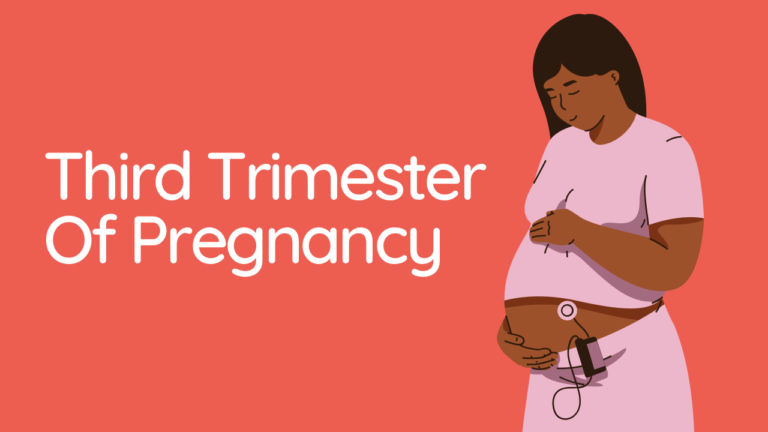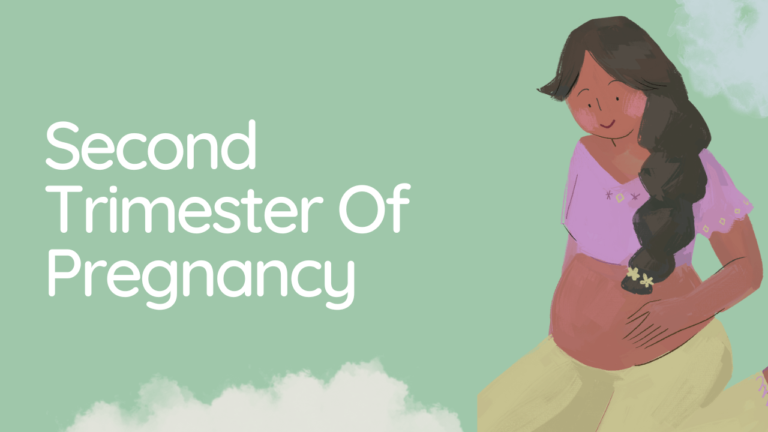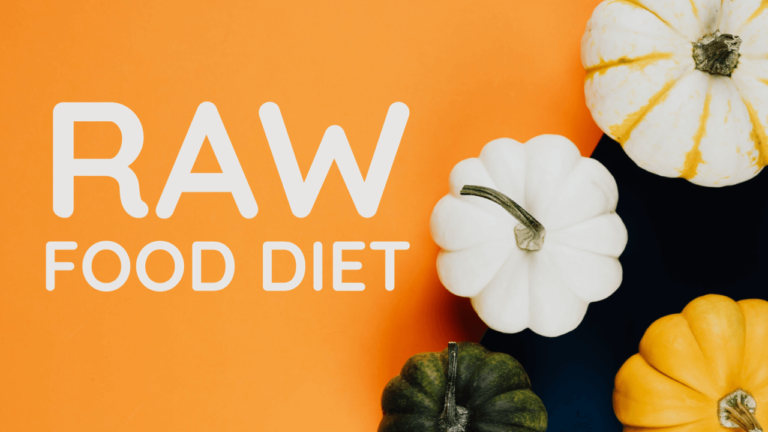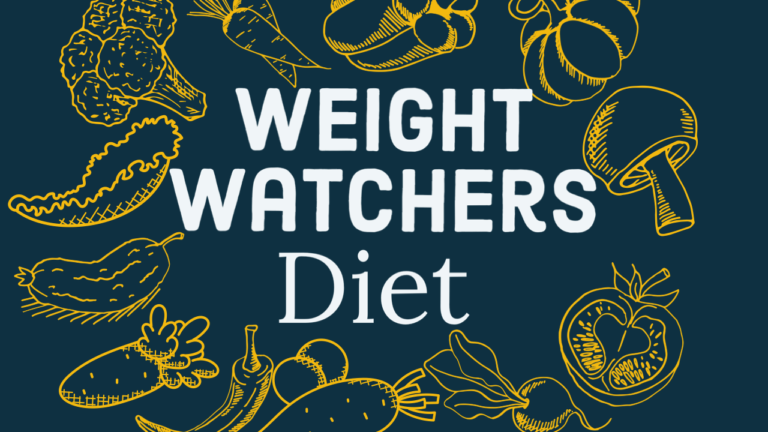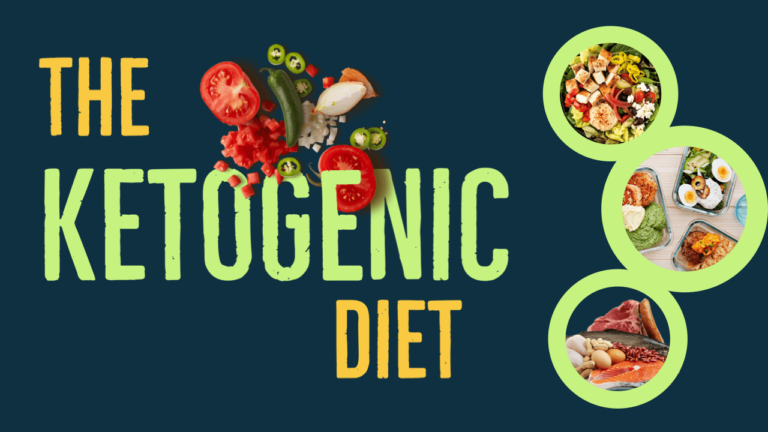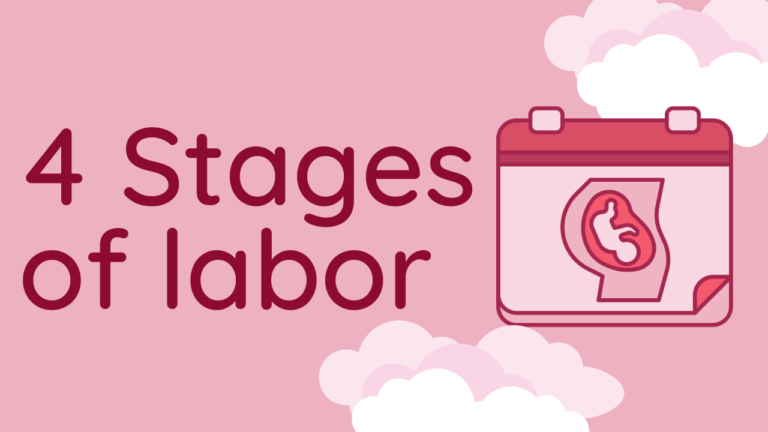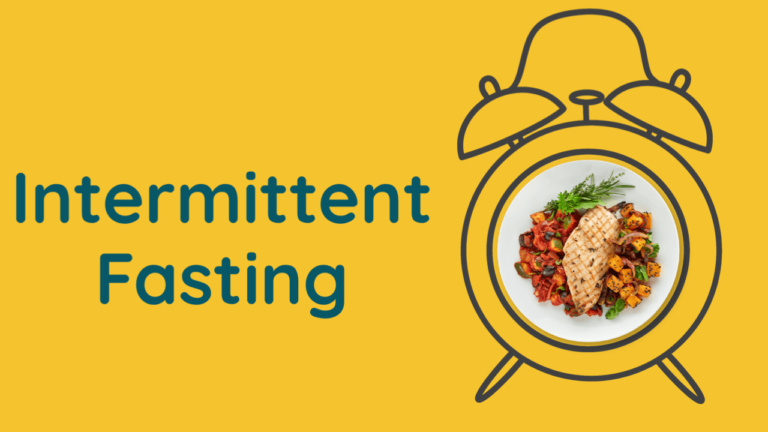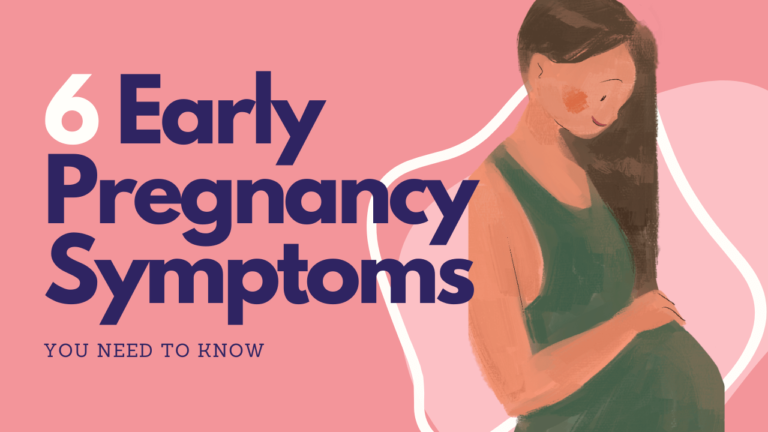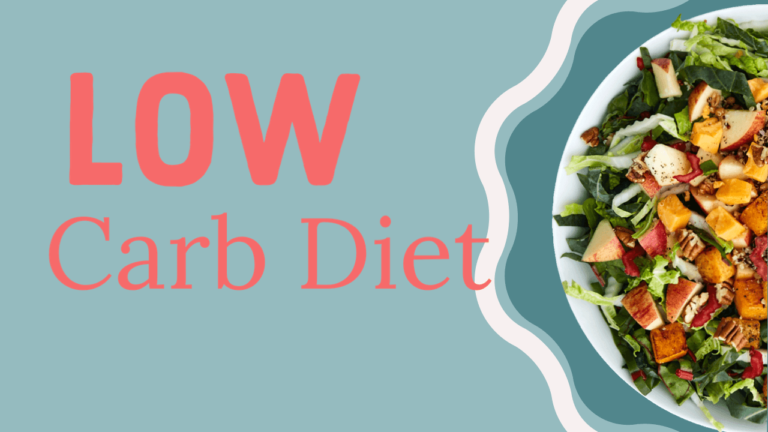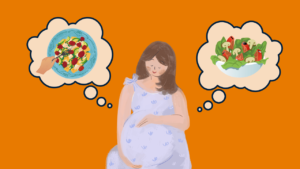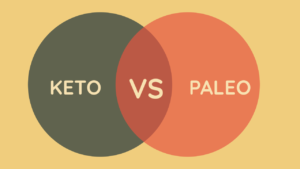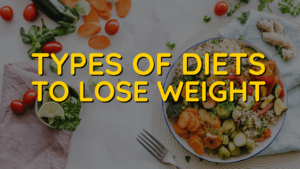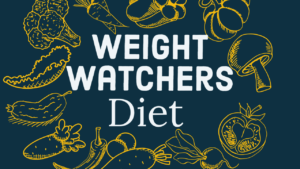The Raw food diet has become increasingly popular in recent years, as more and more people look for ways to eat healthier and improve their overall health. But what exactly is a raw food diet, and is it right for you? In this article, we will explore the benefits and drawbacks of this diet, and help you decide whether it’s the right choice for you.
What is a The Raw Food Diet (RFD)?
The RFD is a type of diet that consists of eating only uncooked and unprocessed foods. This includes fruits, vegetables, nuts, seeds, and sprouted grains. The idea behind this diet is that cooking and processing foods destroys important nutrients and enzymes that are essential for good health. This diet is much similar to the Paleo Diet. By eating raw foods, you are able to retain these nutrients and enzymes, and therefore, improve your health.
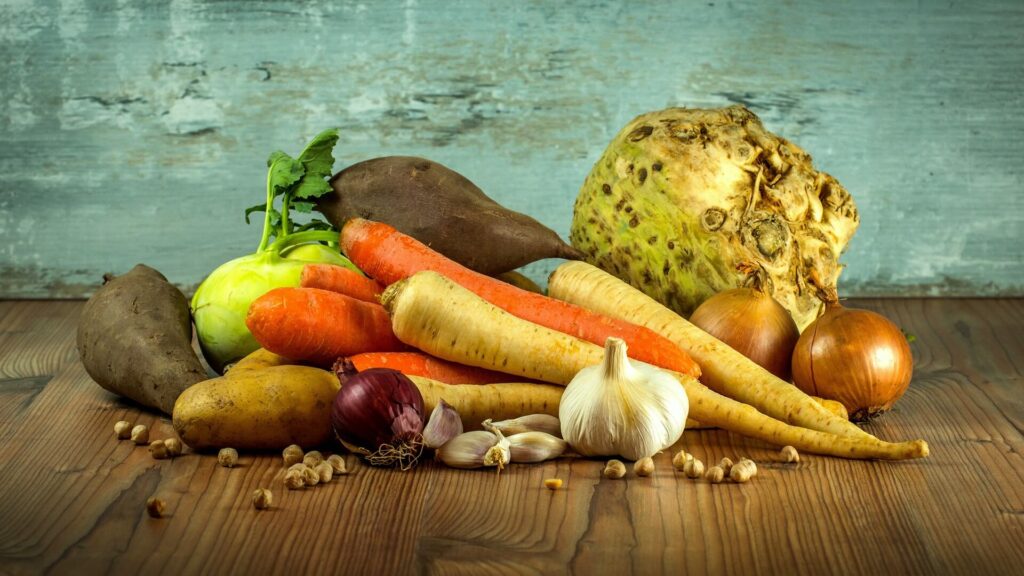
The Different Types of Raw Food Diets
Raw Vegan Diet
A raw vegan diet is a type of raw food diet that consists of only raw plant-based foods, such as fruits, vegetables, nuts, seeds, and sprouts. Proponents of this diet believe that it’s the healthiest way to eat and that it can help to reduce inflammation, boost energy levels, and improve overall health. However, it’s important to note that a raw vegan diet can be challenging to follow, as it requires a lot of planning and preparation.
Fruitarian Diet
A fruitarian diet is a type of raw food diet that consists primarily of raw fruit. Proponents of this diet believe that fruit is the healthiest food to consume and that it provides the body with all of the nutrients and energy it needs. However, it’s important to note that a fruitarian diet can be difficult to follow and can lead to nutrient deficiencies if not properly planned.
Living Food Diet
A living food diet is a type of raw food diet that consists of raw foods that are still “living,” such as sprouts, microgreens, and fermented foods. Proponents of this diet believe that these foods are the most nutrient-dense and that they provide the body with the most energy. However, it’s important to note that this type of diet can be difficult to follow and can be expensive, as it requires a lot of specialized equipment and ingredients.
80/10/10 Diet
The 80/10/10 diet is a type of raw food diet that consists of 80% carbohydrates, 10% protein, and 10% fat. Proponents of this diet believe that it’s the healthiest way to eat and that it can help to reduce inflammation, boost energy levels, and improve overall health. However, it’s important to note that this type of diet can be difficult to follow, as it requires a lot of planning and preparation.
Raw Til 4 Diet
The Raw Til 4 diet is a type of raw food diet that consists of eating a high-carb, low-fat, low-protein diet until 4 PM, followed by a cooked dinner. Proponents of this diet believe that eating a high-carb, low-fat diet in the daytime provides the body with enough energy to power through the day, while consuming a cooked dinner in the evening helps to provide the body with the necessary nutrients and energy to repair and regenerate.
However, it’s important to note that this type of diet may not be suitable for everyone and that it requires careful planning and preparation to ensure that you’re getting enough nutrients and energy from your meals.
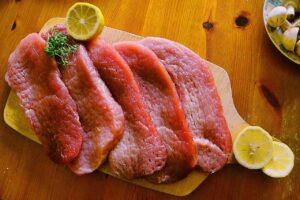
Benefits of a Raw Food Diet
There are several benefits of raw food diet, including:
Increased Nutrient Absorption
One of the main benefits of a raw food diet is increased nutrient absorption. Raw foods are rich in vitamins, minerals, and other essential nutrients that are essential for good health. When you eat these foods in their raw state, your body is able to absorb these nutrients more easily, helping to improve your overall health.
Weight Loss
Another benefit of a raw food diet is weight loss. Raw foods are naturally low in calories, and high in fiber, making them an excellent choice for people who are looking to lose weight. By eating a diet rich in raw foods, you can feel full and satisfied, without having to consume a lot of calories.
Improved Digestion
Raw foods are also beneficial for your digestion. They are high in fiber, which helps to keep your digestive system running smoothly. Additionally, raw foods are easier to digest than cooked foods, which can help to reduce bloating, gas, and other digestive problems.
Drawbacks of a Raw Food Diet
While there are many benefits to a raw food diet, there are also some drawbacks that you should be aware of. These include:
Nutrient Deficiencies
One of the main drawbacks of a RFD is that it can lead to nutrient deficiencies. While raw foods are rich in nutrients, they may not provide all the nutrients that your body needs to function properly. For example, it can be difficult to get enough protein and calcium on a raw food diet, which can lead to deficiencies in these important nutrients.
Increased Risk of Foodborne Illnesses
Another drawback of a RFD is that it can increase your risk of foodborne illnesses. Raw foods can contain harmful bacteria that can make you sick if they are not properly handled and stored. To minimize this risk, it is important to be careful when preparing and storing raw foods, and to make sure that you are eating from reputable sources.
Limited Food Options
Finally, a raw food diet can be limiting in terms of the food options available to you. Many foods, such as grains, legumes, and dairy products, must be cooked in order to be safe and nutritious. This can make it difficult to get all the nutrients that you need, and may make it more challenging to stick to the diet over the long term.

Is a Raw Food Diet Right for You?
So, is a raw food diet right for you? The answer to this question will depend on your individual health needs and goals. If you are looking to improve your overall health and increase your nutrient intake, a raw food diet may be a good choice. However, if you have specific health concerns, such as
What to Eat on the Raw Food Diet:
The RFD is primarily comprised of raw fruits, vegetables, nuts, seeds, and sprouted grains. Some common foods include:
- Fresh fruit: apples, bananas, berries, melons, etc.
- Vegetables: carrots, celery, leafy greens, etc.
- Nuts and seeds: almonds, sunflower seeds, pumpkin seeds, etc.
- Sprouted grains: quinoa, millet, buckwheat, etc.
It’s important to note that while the RFD is largely plant-based, some followers of this diet may also include raw dairy, eggs, and fish.
How to Follow the Raw Food Diet
- Start by incorporating more raw foods into your diet. This could mean eating a salad for lunch, snacking on raw veggies, or having a smoothie for breakfast.
- Gradually replace cooked foods with raw foods. For example, instead of having a cooked dinner, try a raw food meal such as a vegetable and nut-based salad.
- Experiment with different raw food recipes and find what works best for you.
- Avoid processed and packaged foods as much as possible.
- Listen to the signs of your body at take precautions accordingly.
Additionally, the focus on whole, minimally processed foods can help reduce the overall calorie intake and lead to weight loss. However, weight loss results will vary depending on individual factors such as calorie intake, physical activity, and metabolism.
Conclusion:
The RFD is a way of eating that emphasizes consuming raw and minimally processed foods. This diet has numerous health benefits and can have a positive impact on the environment. If you are interested in trying the RFD, start by incorporating more raw foods into your diet and gradually replace cooked foods. Make sure to listen to your body and adjust your diet as needed. By following a balanced and varied RFD, you can reap the many benefits this way of eating has to offer.
FAQs:
1. Is the raw food diet safe?
While the raw food diet can be healthy and provide many benefits, it’s important to make sure you are getting enough nutrients and vitamins. Some people may also struggle to digest certain raw foods, so it’s important to listen to your body and adjust your diet as needed.
2. Can I get enough protein on the raw food diet?
Yes, it’s possible to get enough protein on the raw food diet by consuming nuts, seeds, and sprouted grains.
3. Is the raw food diet expensive?
It can be more expensive to follow the raw food diet due to the cost of fresh produce and raw food ingredients. However, it’s possible to keep costs down by purchasing seasonal produce and bulk items.
4. Is the raw food diet good for weight loss?
Many people have reported weight loss on the raw food diet, likely due to the fact that raw foods are often lower in calories.


